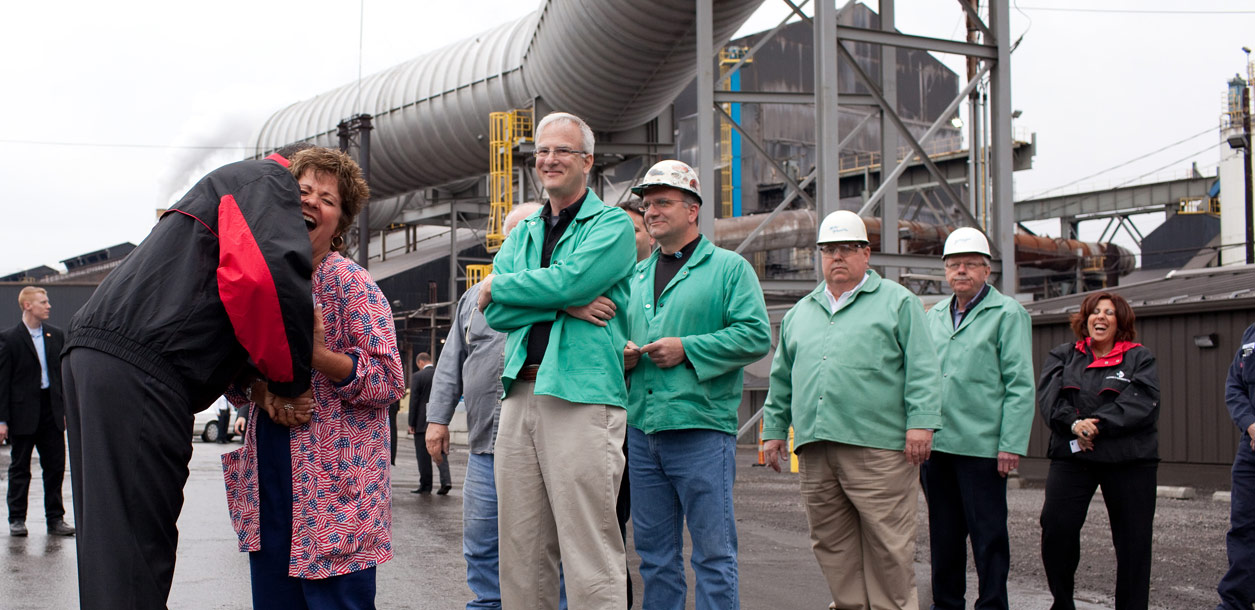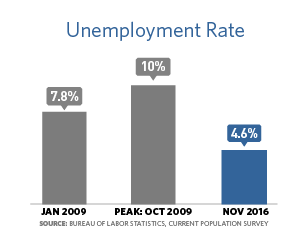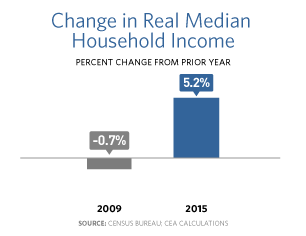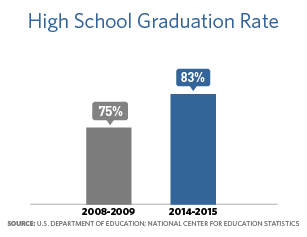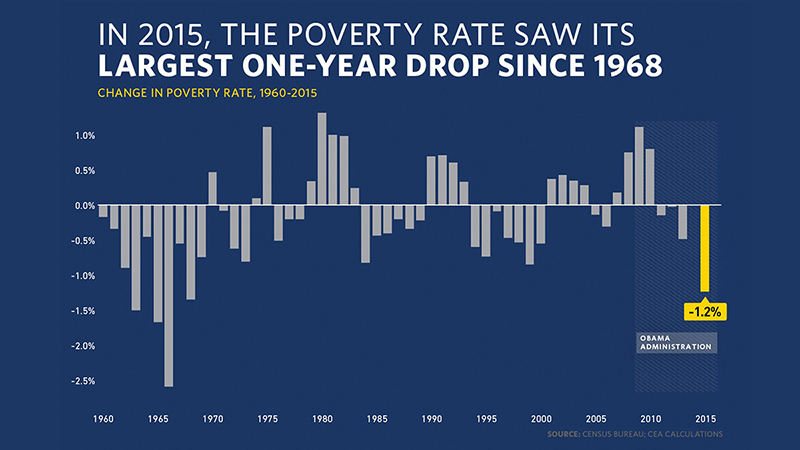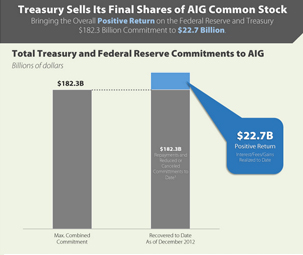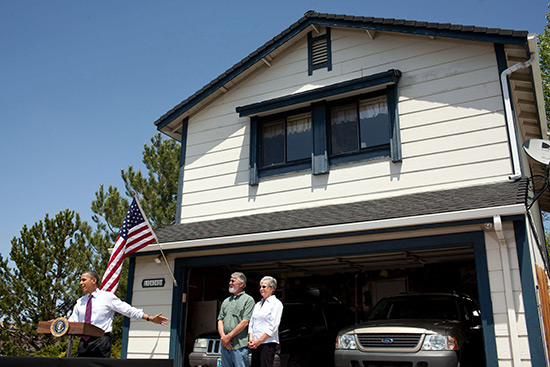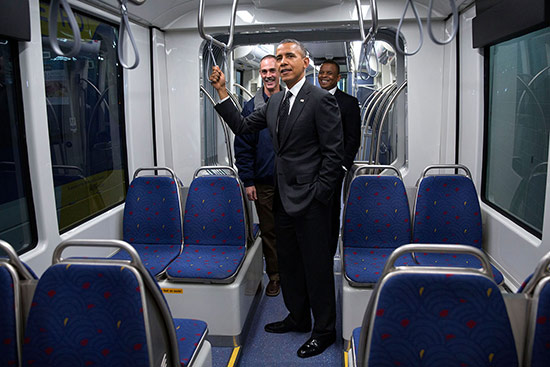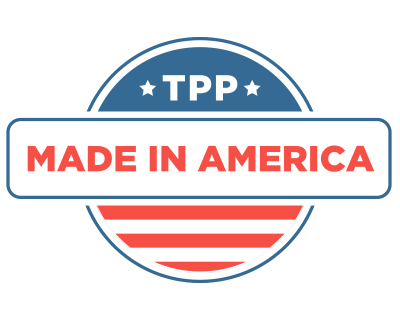President Obama asked each member of his Cabinet to write an Exit Memo on the progress we’ve made, their vision for the country’s future, and the work that remains in order to achieve that vision. Here are their key points on the work ahead on economic progress.
Raising the Minimum Wage
“Congress must increase the federal minimum wage. The current minimum wage of $7.25 is simply not enough to sustain an individual, not to mention a family; too many Americans work 40- or 50-hour weeks and still have to need help from their local food pantry. Congress has repeatedly failed to respond to President Obama’s call to action. It’s time for them to stop their obstruction.”
—Secretary Perez
Giving Every Child a Shot from the Start
“Despite significant progress over the past eight years, six out of every 10 four-year-olds are still not enrolled in publicly funded preschool programs. States and districts, in collaboration with the federal government, must take additional steps to expand access to high-quality early learning so that all children enter kindergarten ready for success in school and beyond. More also must be done to ensure early learning is inclusive of students who are historically underserved and most vulnerable, including children with disabilities and dual language learners.”
—Secretary King
Investing in the Infrastructure of the Future
“The next Secretary of Transportation will not simply work on building roads and bridges and ensuring safe travel. The next administration is entering a period of advanced automated technologies in transportation, an infrastructure system that continues to work for some and against others in society, dramatic demographic shifts, an increase in extreme weather events due to climate change, and a backlog of projects needed across the country with not enough resources to address it. Future administrations should, if the United States is to remain competitive in the global economy, devote significant time and energy to securing the resources needed to keep America competitive.”
—Secretary Foxx
Building the Digital Economy
“The federal government is currently not properly organized to face the challenges posed by the 21st century digital economy. Looking forward, there needs to be a government-wide focus to address five critical issues: access, trust and security online, promoting a free and open Internet globally, addressing the challenges and opportunities of emerging technologies, and preparing workers for jobs in the digital economy.”
—Secretary Pritzker
Reforming our Business Tax Code
“President Obama’s proposed plan for business tax reform sets out a framework for modernizing our business tax system…Enacting such a plan would enhance our competitiveness and create an environment in which business rather than tax considerations drive decision-making. The President’s framework is also fiscally responsible, ensuring that business tax reform does not add to deficits over the long-term. I am hopeful that this framework will help to equip the new Congress to take responsible action on business tax reform.”
—Secretary Lew
